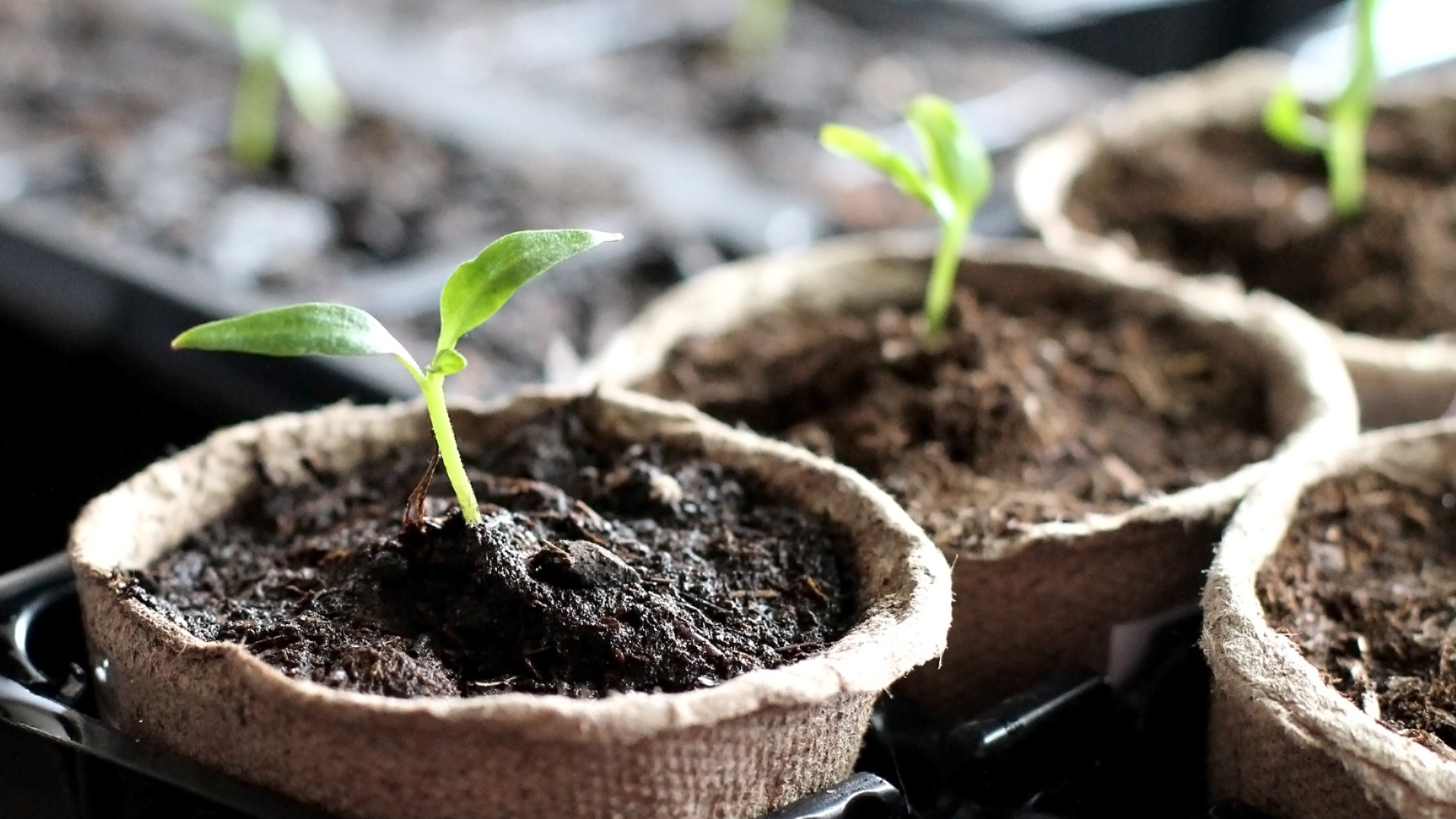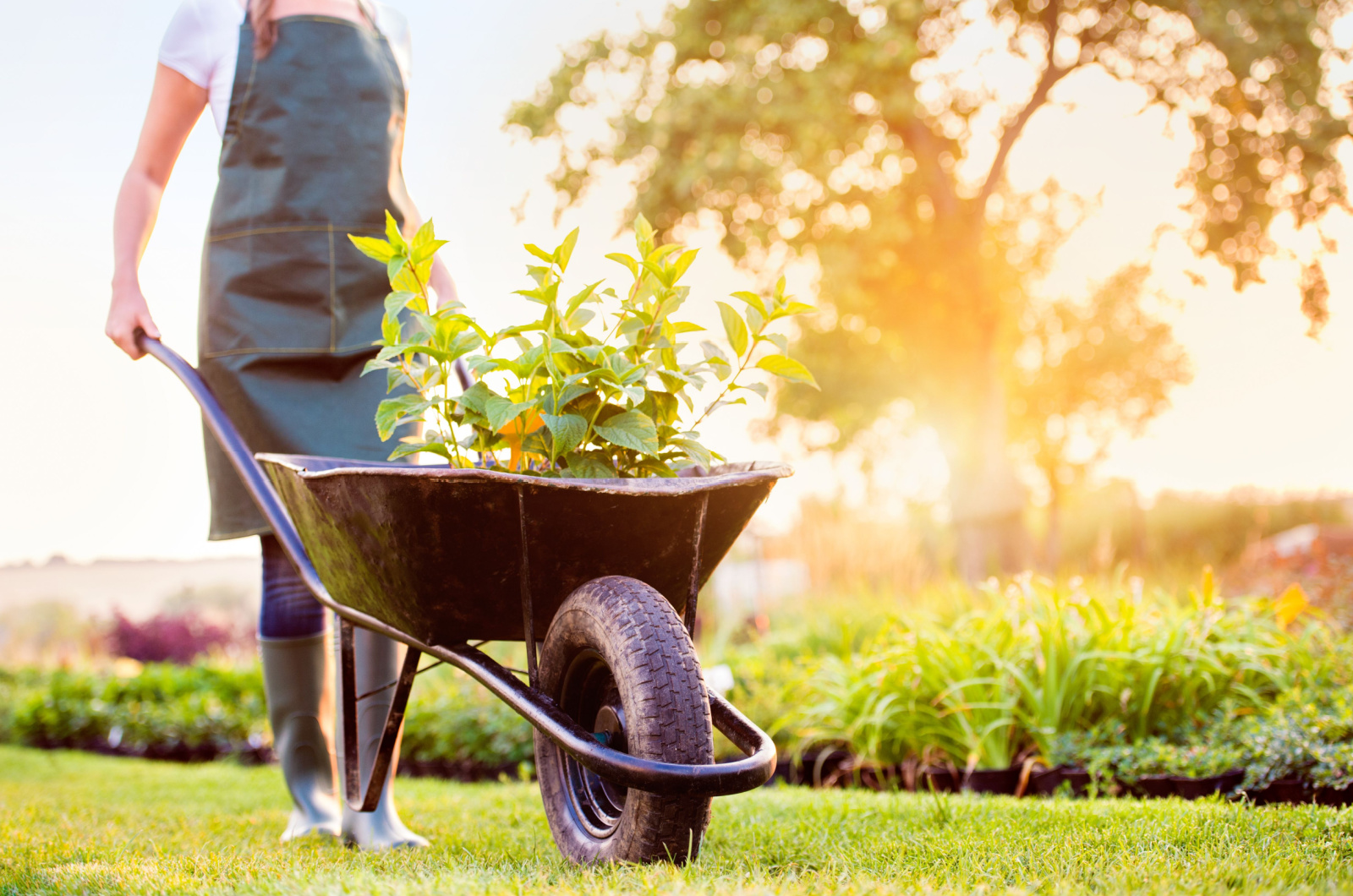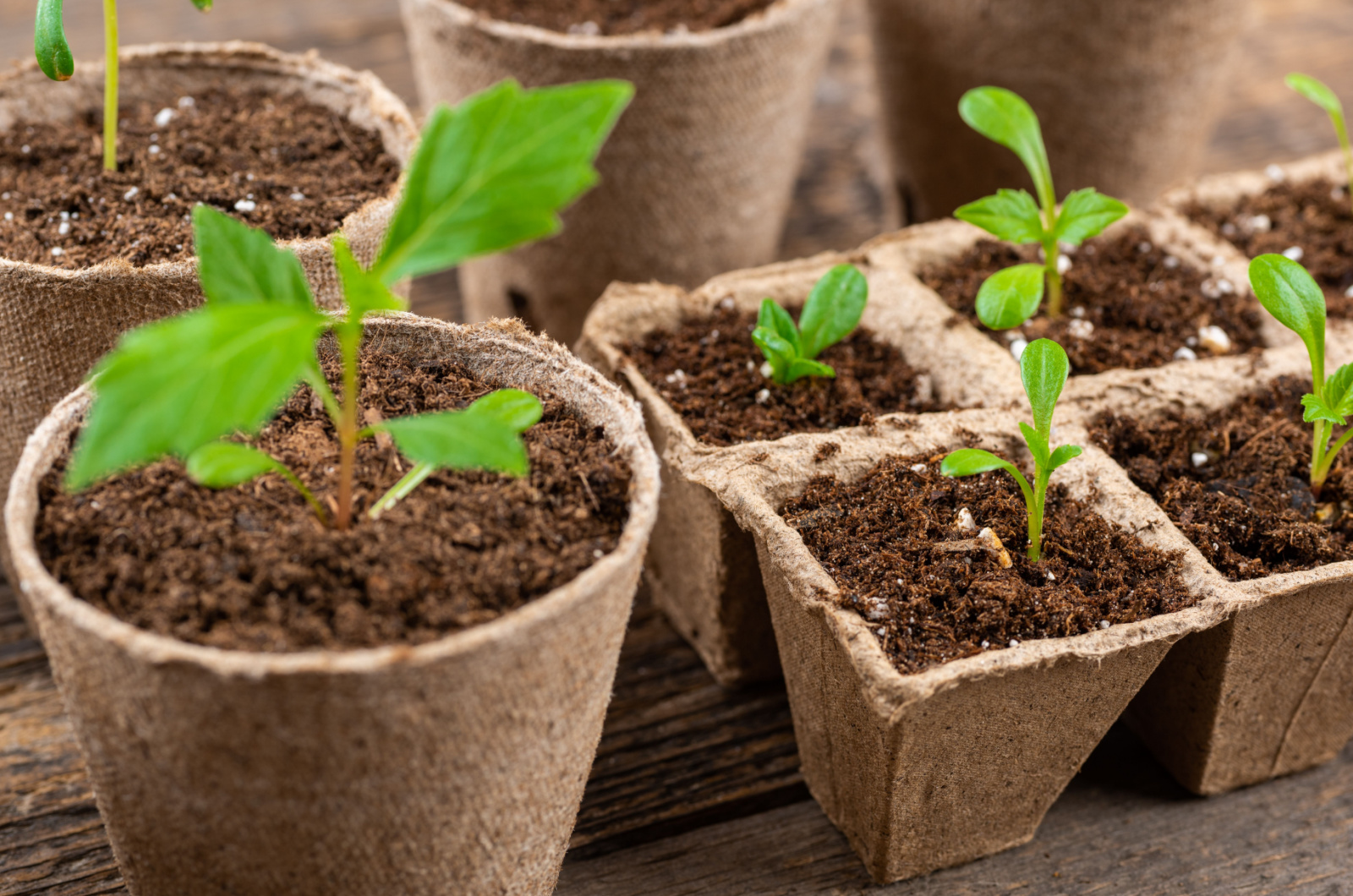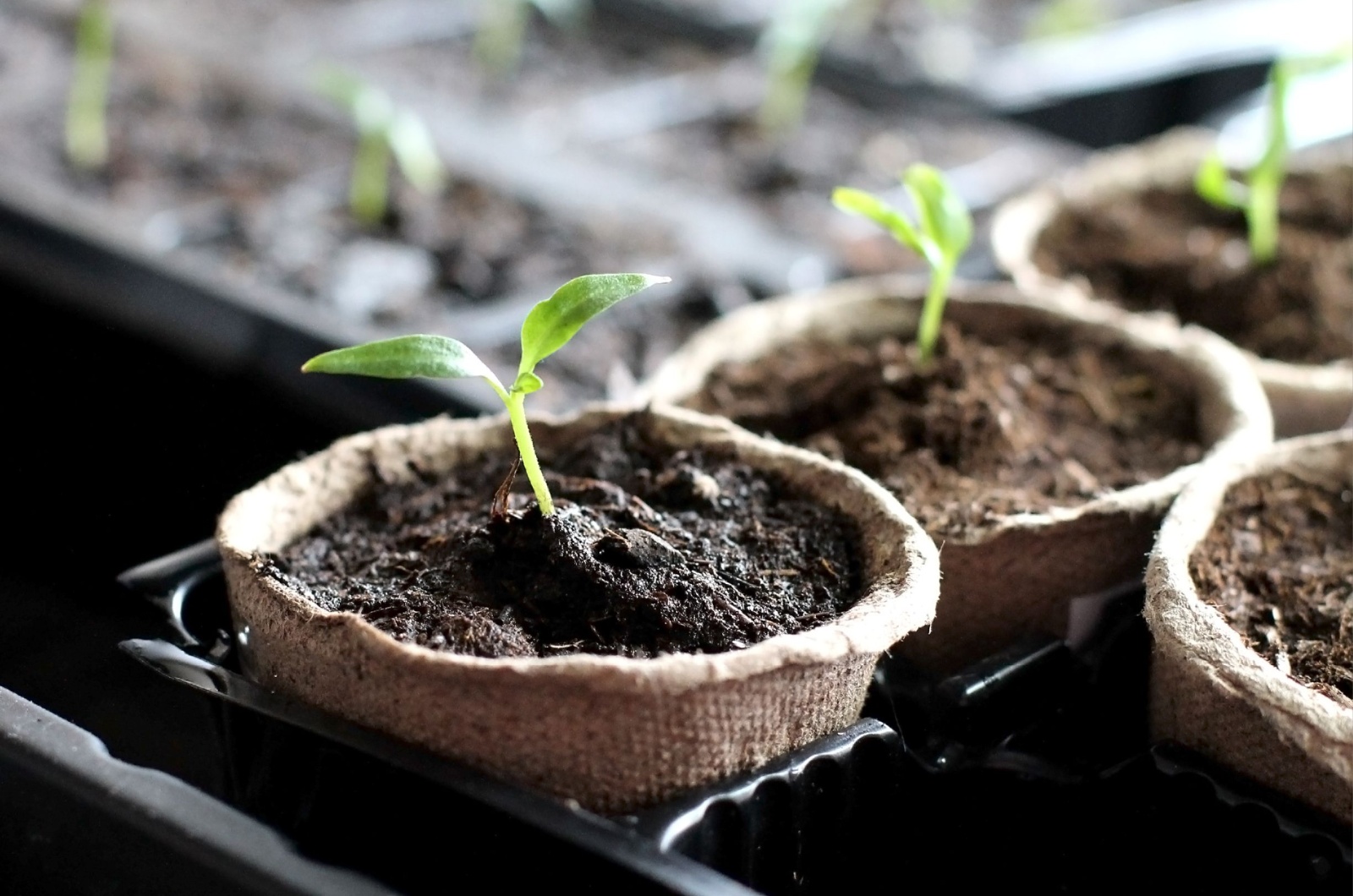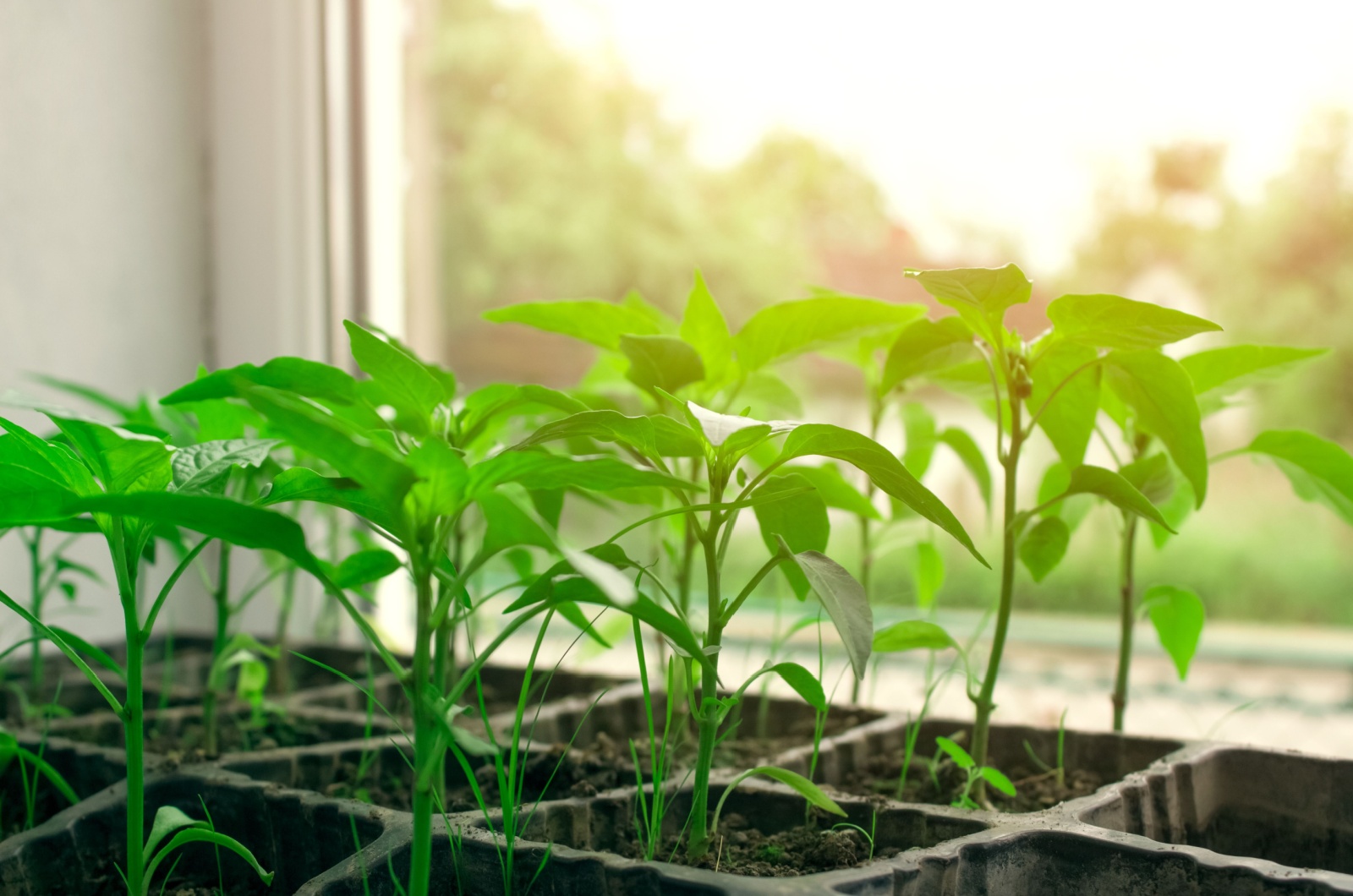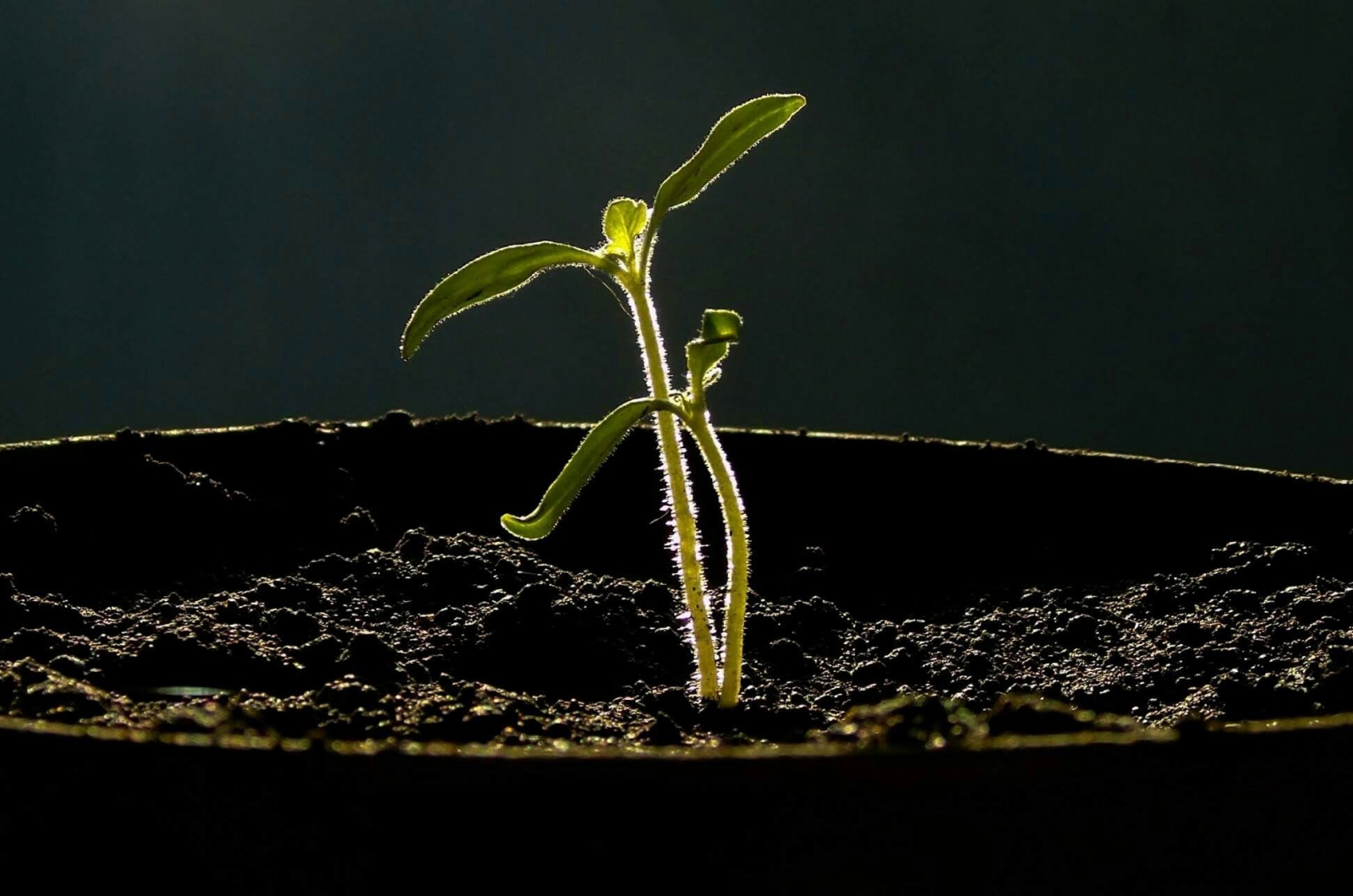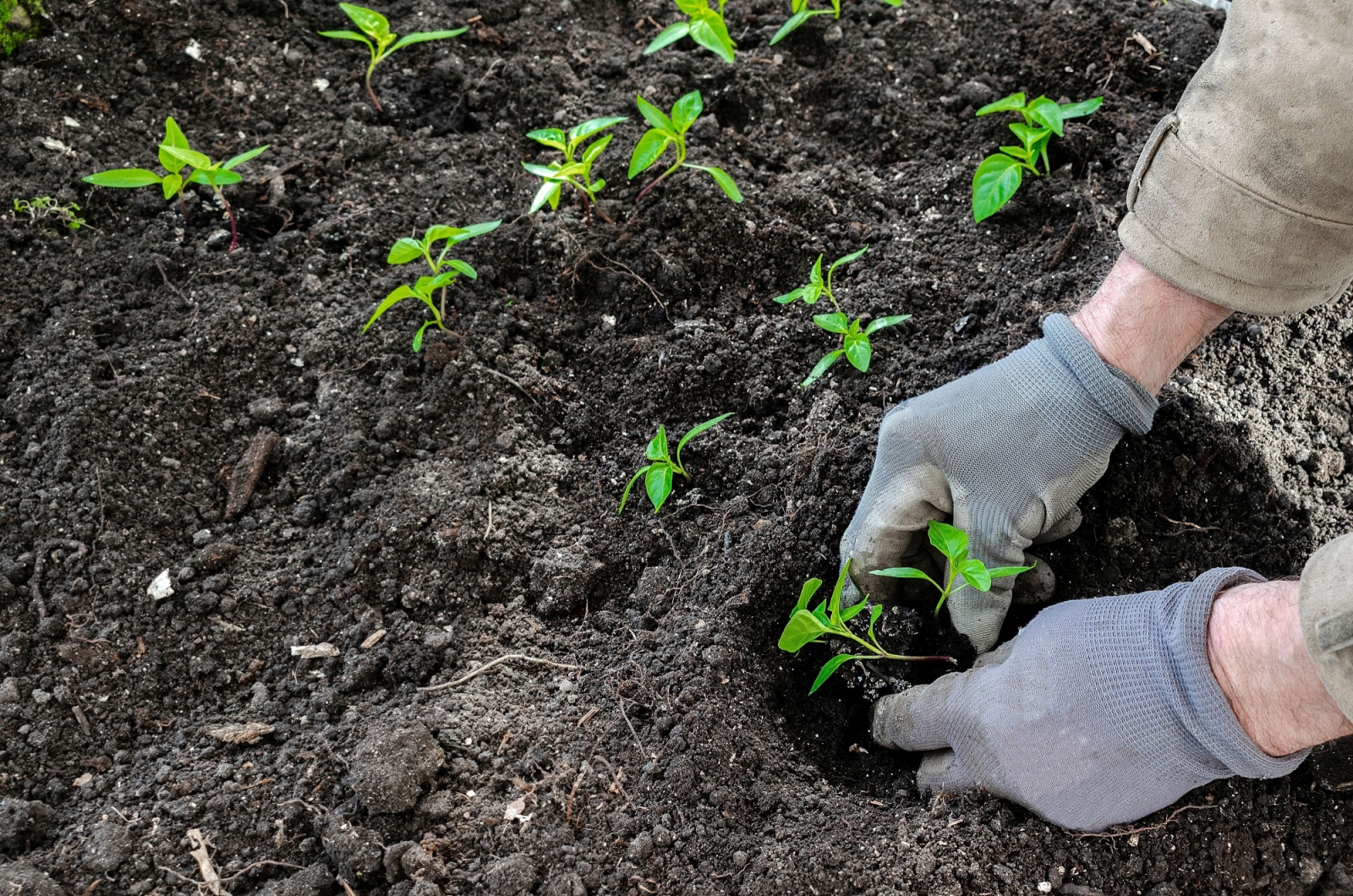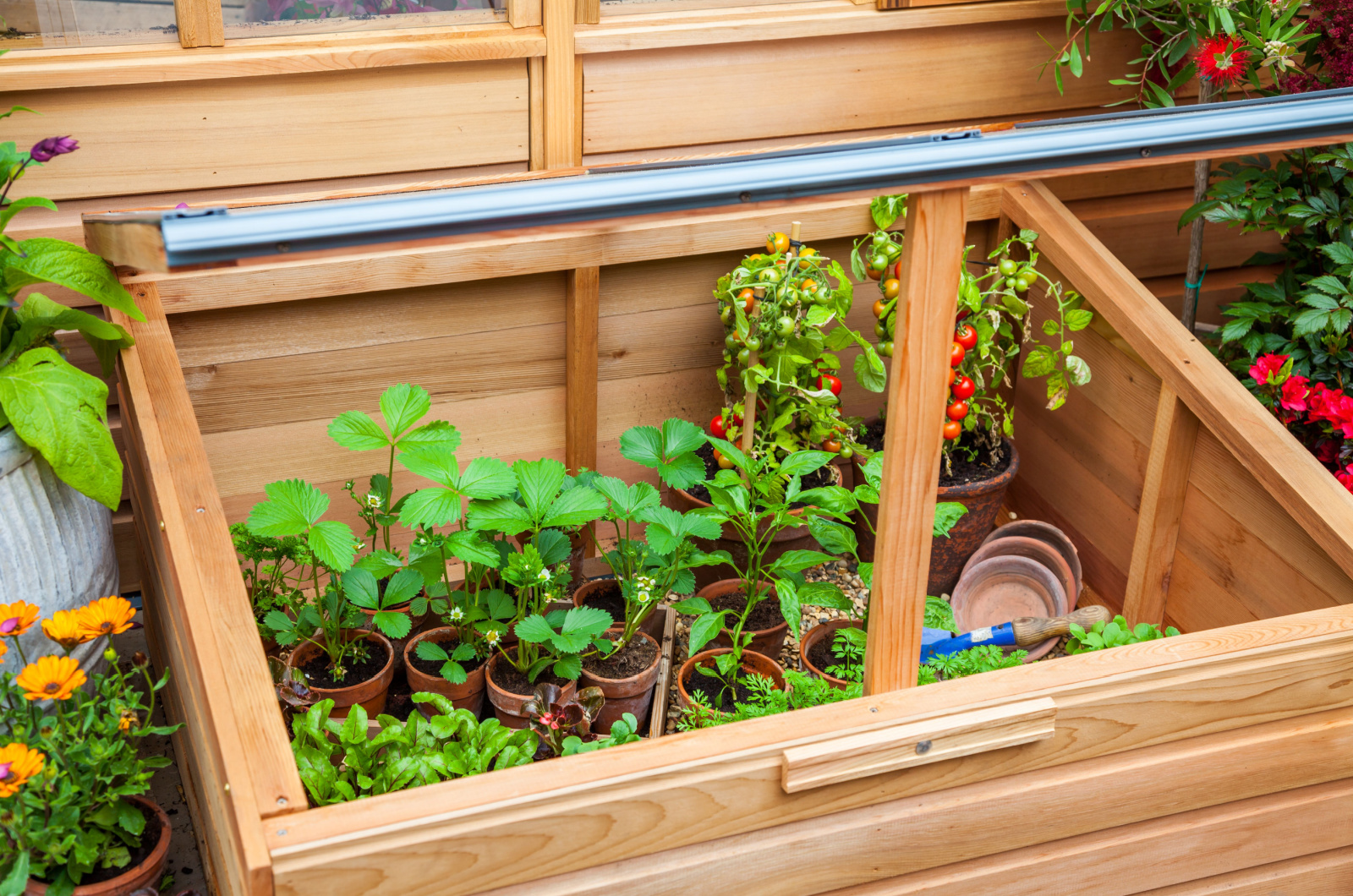As the weather gets warmer, the time for transplanting seedlings outdoors approaches.
Hardening off is a crucial step when transitioning young plants from indoors to the outdoors. It helps them adjust gradually to external conditions, ensuring successful and robust growth.
The trick is to know when and how to harden off plants in order to avoid transplant shock. And luckily, we are here to help you!
Join us as we go through step-by-step instructions on how to harden off plants and seedlings.
When To Harden Off Plants
Start with the hardening off process 7 to 14 days before you are about to plant the seedlings outside.
Some cold-hardy plants can be planted outdoors two to four weeks prior to the last frost date, however most seedlings are typically placed outside in the spring after the last frost date.
Keep in mind that the amount of time a seedling needs to harden off varies on the type of plants being grown, as well as the outdoor temperatures. If it gets colder, cover young plants or bring them back inside.
You can decide between two methods when hardening plants off: gradually exposing them outdoors or using cold frames.
Also read: 11 Tips For Successfully Transplanting Seedlings Outside
Step 1: Start Exposing Them To Outdoor Conditions
Put your seedlings outside in a place protected from the sun and wind for an hour on the first day, preferably on a warm day with temperatures over 45 degrees Fahrenheit.
Step 2: Then, Bring The Plant Back In
Once they’ve reached their daily outdoor time limit, move the seedlings back indoors and place them somewhere warm – a heated garage or basement will do just fine.
Pro tip: Remember that your young plants should be protected from animals, slugs, and snails. Place them out of reach of animals, such as on a table.
Step 3: Increase The Amount Of Exposure
You should slowly start increasing the amount of time they spend outside by one hour each day. If the temperatures are lower than 45 degrees Fahrenheit or it is quite windy that day, don’t bring your delicate seedlings outside.
Step 4: Increase Sun Exposure
After two or three days in slightly shaded areas, seedlings can be moved to places that receive morning sun. Then, gradually expose them to more direct sunlight over time.
Very young seedlings may burn if exposed to direct sunlight too soon, so be careful with them!
The seedlings will be able to withstand longer periods of exposure to the outdoor conditions each day.
Pro tip: Using a wagon or wheelbarrow to move your plants indoors and out is easier if you want to gradually adapt them to longer amounts of time outside.
Step 5: Let The Plants Spend The Night Outside
If the temperature stays at least 50 degrees Fahrenheit during the day and night, young plants should be able to withstand increasing sun exposure and could be left outside for the night.
If the weather suddenly gets warmer, make sure the soil doesn’t dry out.
Step 6: Transplant The Seedlings
The hardening off process should last 7 to 14 days – so, once your little plants have adapted to outdoor conditions, they are ready to be transplanted to the garden or container.
Choose a cloudy day to transplant your young seedlings and give them a thorough watering after transplanting.
This might be useful: Mastering Indoor Eggplant Planting & Successful Outdoor Transplanting
Hardening Off Plants In A Cold Frame
Step 1: Move Your Little Plants
Put your young seedlings in an outdoor cold frame 7 to 14 days before you plan to transplant them.
Did you know: A cold frame is simply a wooden box covered with a transparent top (it kind of looks like a small greenhouse). To protect the plants or gradually expose them to outdoor conditions, the top of the cold box should be opened or closed when needed.
Step 2: Check The Temperature And Moisture
Ensure that the temperature in your cold frame doesn’t drop below 50 degrees or rise above 8 degrees Fahrenheit. Also keep an eye on the soil’s moisture while the seedlings are warm and cozy, making sure that they don’t get too dry.
Step 3: Start With The Exposure
Close the cold frame cover and/or turn off the heating cables for longer periods of time every day. You should increase the exposure duration by one or two hours per day, starting with three or four hours.
Step 4: Keep The Plants Safe At Night
Make sure to close the cold frame cover and keep the heating on at night if the temperatures drop below 40 degrees Fahrenheit.
Step 5: Transplant Your Seedlings
Just like with regular hardening off, your seedlings will be ready for transplanting after 7 to 14 days. Do it on a cloudy day and give them water after planting.
Also read: How To Winter Sow Seeds In 7 Beginner-Friendly Steps

